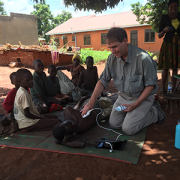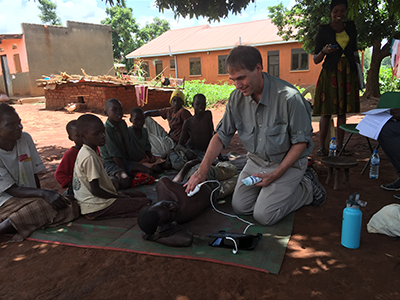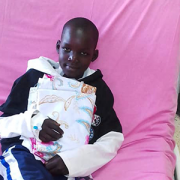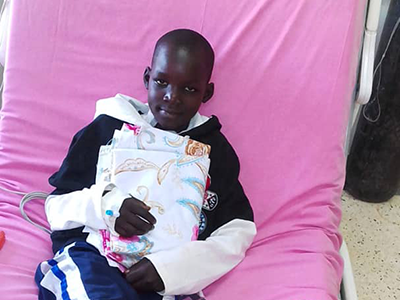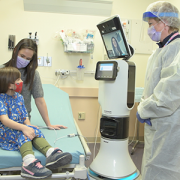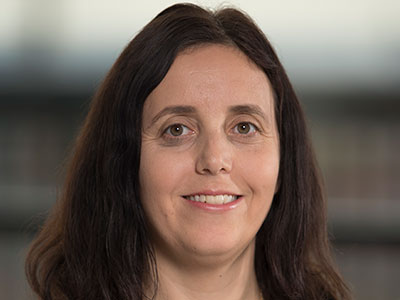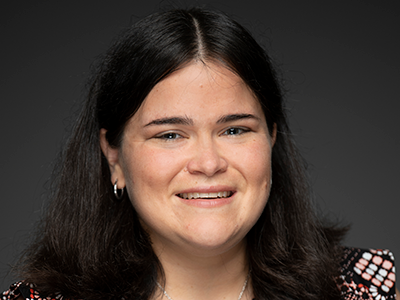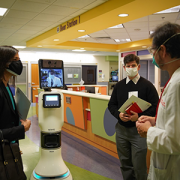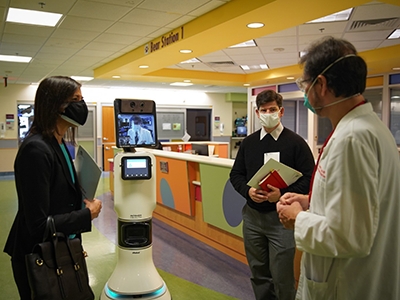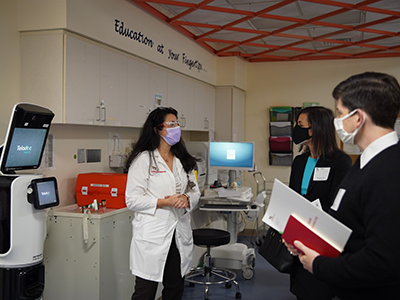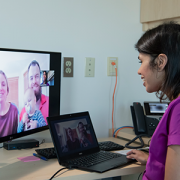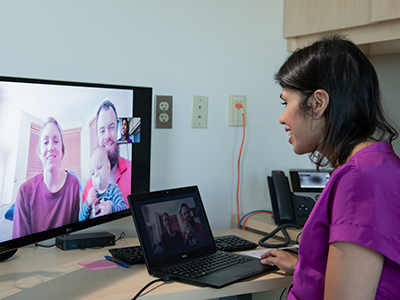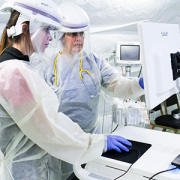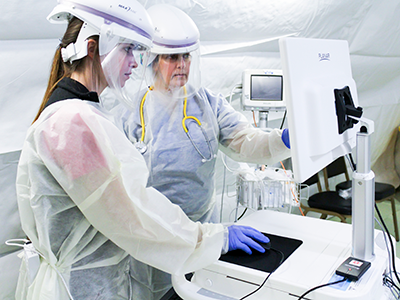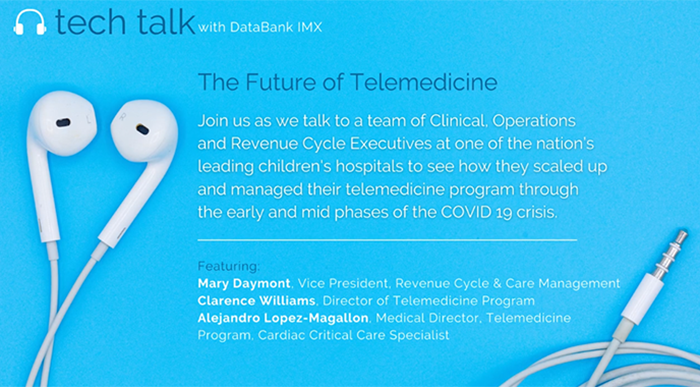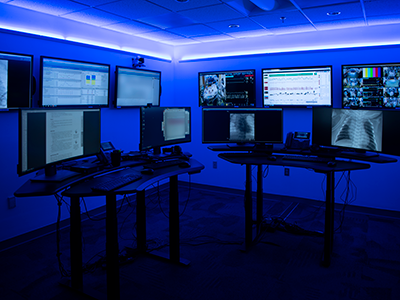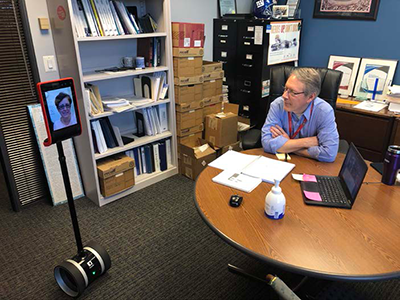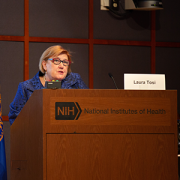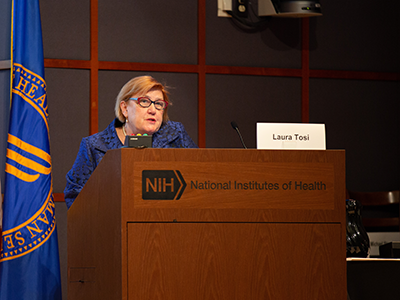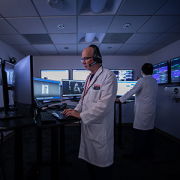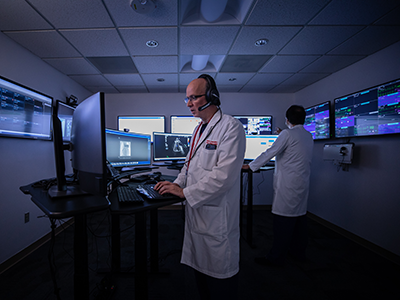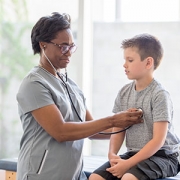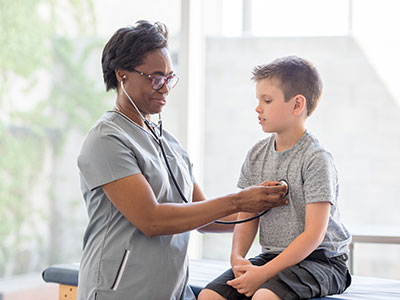New evidence: Virtual and AI support predict and prevent cardiac arrest
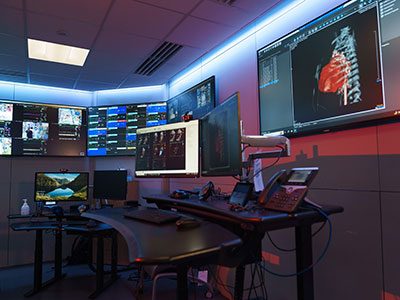
An evolving, continuous surveillance telecritical care model in the pediatric Cardiac Intensive Care Unit (CICU) at Children’s National Hospital has demonstrated early findings pointing to its ability to act as an additional virtual layer of safety for patient care that supports bedside providers by identifying concerning health trends based on a patient’s data.
Children who are hospitalized with congenital heart disease are more likely to experience cardiac arrest than children without cardiovascular diseases. Though these children are more likely to survive cardiac arrest today than a decade ago thanks to improvements in treatment options, survival after a cardiac arrest while in the hospital is still low. Additional solutions to minimize this serious complication are sorely needed.
An evolving, continuous surveillance telecritical care model in the pediatric Cardiac Intensive Care Unit (CICU) at Children’s National Hospital has demonstrated early findings pointing to its ability to act as an additional virtual layer of safety for patient care that supports bedside providers by identifying concerning health trends based on a patient’s data. The model aims to minimize cardiac arrest, ensure clear and effective communication, support escalation of care when appropriate and – simultaneously – be minimally disruptive to the bedside teams’ workflow.
What this means
The Board of Visitors Telehealth Command Center, housed within the CICU at Children’s National, recently reported its initial experience after its first four years of operation, successfully conducting 18,171 virtual surveillance activities on children admitted to its CICU – analyzing data from remote monitoring, video camera feed from patient rooms, data from electronic medical records and an artificial intelligence (AI) prediction tool dashboard. This work led to 248 critical communications with bedside teams, who subsequently provided interventions that may have prevented or decreased the severity or length of time of a patient’s cardiac arrest.
This study showed that the models tested in this large dataset have successfully blended AI and remote clinician expertise to capture concerning trends in the health of critically ill pediatric patients and then share vital information with bedside care providers. The study also shows the importance of adapting any telecritical care system to ensure it works in concert with highly trained professionals. These professionals rightly remain the first line of defense against any concerning trend in a patient’s status.
Children’s National leads the way
This is the first report in the pediatric critical care setting using a continuous care model to support a pediatric CICU to prevent cardiac arrest in children with critical heart disease. Most previous reports of telecritical care in children describe a model based on physician-to-physician communication used to connect rural and isolated populations or international cases, with clinical expertise provided from a remote distance.
What’s next
- Ongoing research is being conducted to explore direct connections between tele-critical care communications and patient outcomes, such as reducing cardiac arrest in children after congenital heart surgery.
- Continued refinement of virtual surveillance workflows and AI tools will allow for earlier detection, communication and intervention – in the hopes of identifying concerning trends earlier and intervening sooner.
- Development of automated triggers for virtual surveillance and communications, helped by more AI tools, to remove the need for the personal assessment of a physician or nurse at the tele-critical care unit to trigger communications.
Read the study in Telemedicine & e-Health: Pediatric Tele-Critical Care: Initial Experience with a Continuous Surveillance Model Aiming to Prevent Cardiac Arrest in Children with Critical Heart Disease.



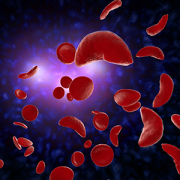

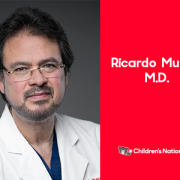
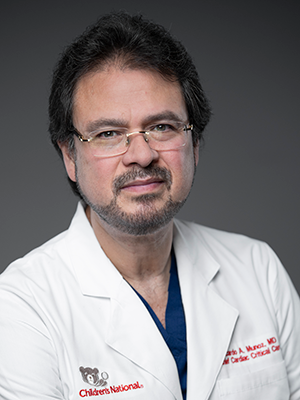 Children’s National Hospital named
Children’s National Hospital named 